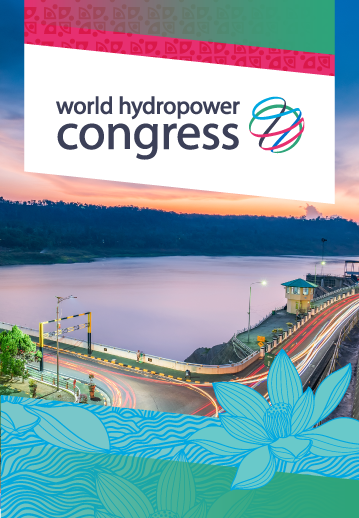Energy Storage and the Strategic Role of ¬È∂π ”∆µ in the Future of Brazil‚Äôs Electricity Mix
This article was authored by Abrage.
‚Äç
On July 2, 2025, participated in a Public Hearing held by the Mines and Energy Committee (CME) of the to discuss the role of energy storage in the national power system. Representing 24 of the country’s leading power generation companies and over 60% of Brazil’s total electricity production, Abrage highlighted the strategic importance of hydropower plants in ensuring the system’s security, flexibility, and sustainability.
During the presentation, it was emphasized that hydropower remains the backbone of Brazil’s electricity mix. In addition to providing clean, low-carbon energy, hydropower reservoirs account for more than 90% of Brazil’s total water storage capacity, according to data from the National Water and Sanitation Agency (ANA). This makes hydropower essential not only for power generation but also for multiple uses such as water supply, irrigation, flood control, aquaculture, and tourism.
As wind and solar sources—already accounting for 34% of the energy matrix, expand rapidly, the system has started facing operational challenges, such as energy oversupply at certain times and potential capacity shortages at others. In this context, energy storage systems are becoming increasingly critical.
Abrage emphasized the role of hydraulic storage systems, such as pumped storage hydropower (PSH), which are already well established globally, with around 180 GW of installed capacity. These plants act like natural batteries, storing energy during low demand periods and releasing it during peak demand, while also providing critical ancillary services for grid stability.
The strategic importance of hydraulic energy for the energy transition was also reinforced by the ¬È∂π ”∆µ (¬È∂π ”∆µ), which highlighted that pumped storage is the only mature and large-scale long-duration storage technology capable of delivering flexibility at low carbon. According to ¬È∂π ”∆µ, over 105 GW of pumped storage projects are under construction globally, with accelerated growth projected through 2030. These projects hold the potential for substantial system-wide savings and could reduce the need for investments in transmission and more expensive generation technologies.
Abrage also presented an overview of Brazil’s hydropower expansion potential:
- 11 GW in new plants under study or licensing;
- 30 GW in pumped storage projects;
- 7 GW through modernization and repowering of existing plants;
- 38 GW from the addition of turbines to unutilized penstocks, 5.5 GW already registered in the LRCAP 2025.
In conclusion, Abrage emphasized that talking about low-carbon infrastructure in Brazil is, fundamentally, talking about hydropower. Recognizing and investing in this potential is key to ensuring a clean, secure, and sustainable energy transition.






.jpg)


.jpg)
